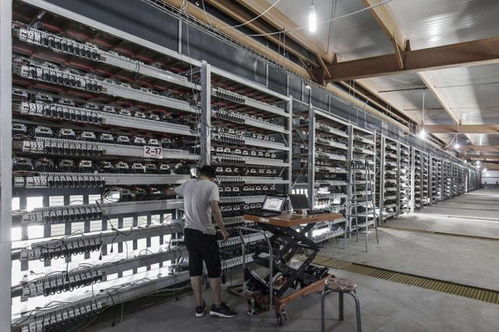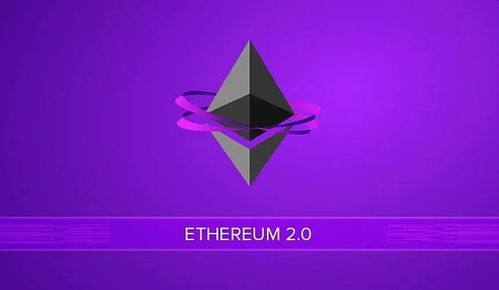The world of cryptocurrency is in a state of perpetual flux, marked by technological advancements, regulatory shifts, and changing market dynamics. Among these intricacies, the costs associated with mining hardware hold a pivotal position that can greatly influence profitability and the overall success of mining operations. As Bitcoin and a plethora of altcoins like Ethereum and Dogecoin burgeon in popularity, understanding the evolving trends in mining hardware costs becomes indispensable for both seasoned miners and newcomers alike.

The landscape of mining hardware is anything but static. Where once a simple GPU could suffice for mining tasks, we’re now observing the rise of Application-Specific Integrated Circuits (ASICs) tailored for specific cryptocurrencies. Bitcoin, famously a Proof-of-Work (PoW) currency, gives rise to its own set of challenges for miners who are constantly vying for the lowest-cost, highest-efficiency machinery. In this cat-and-mouse game, costs can fluctuate dramatically based on availability, technology shifts, and even geopolitical factors influencing supply chains.
As the demand for cryptocurrencies skyrockets, so do the prices of mining rigs. As miners strive to stake their claim in the ever-competitive realm of Bitcoin mining, the cost of acquiring state-of-the-art equipment cannot be overlooked. It has become a high-stakes game where the right investment can yield tremendous returns—or catastrophic losses. The volatility has forced miners to devise different strategies, from purchasing used equipment to leveraging mining machine hosting services that provide the infrastructure without the upfront costs associated with owning hardware.

The hosting services have emerged as a lifeline for many in the community, especially for those who wish to dip their toes in the world of mining without a heavy financial burden. By outsourcing the maintenance, cooling, and electricity needs, miners can focus their resources on management and potentially higher yield operations. This shift not only alleviates the burden of upfront costs but also allows miners to take advantage of economies of scale—yielding better profit margins with reduced risk. As a result, mining farms have increasingly capitalized on this trend, offering tailored plans that accommodate both small and large scale miners.
The cycle of costs doesn’t just end with the initial purchase of mining hardware. Operating and maintenance costs play an equally critical role, especially given the significant electricity requirements associated with cryptocurrency mining. Blistering electricity costs can quickly erode profit margins, making energy efficiency a paramount concern among miners. Companies are now investing in innovative cooling technologies and energy-efficient PSU units, aiming to slash operational expenses while still maximizing output.
Furthermore, the rise of alternative cryptocurrencies like Ethereum and Dogecoin has introduced new considerations regarding mining hardware. With different algorithms and requirements, miners can’t simply rely on a “one-size-fits-all” rig to maximize their profitability. This diversification in investments will further influence individual miners’ decisions about hardware expenditures, as they need to align their purchases with specific hashing algorithms and network demands.

<pMoreover, the conceptual shift towards renewable energy sources is also steering discussions around mining hardware costs. As eco-consciousness grows, the mining community is increasingly exploring solar and wind energy solutions to not only cut costs but also mitigate the environmental impact often associated with cryptocurrency mining. Such investments, though potentially high upfront, promise long-term savings and align well with the rising trend toward sustainability in crypto operations.
Yet, amidst all these trends lies a cautionary note: the importance of staying acutely aware of the regulatory environment. Various governments and institutions are re-evaluating policies surrounding cryptocurrencies, which can impact access to mining hardware or lead to sudden changes in operational costs. Understanding these regulations is vital for any miner seeking to navigate the complexities of the cryptocurrency ecosystem successfully.
The future of cryptocurrency mining hardware costs is uncertain, shaped by a blend of technological advancements, market preferences, and global conditions. Miners must remain adaptable, ready to pivot in response to emerging trends and changing costs, while at the same time keeping a keen eye on profitability. As this dynamic landscape continues to evolve, one thing remains abundantly clear: those equipped with the knowledge of current trends will be the frontrunners in the race to successfully mine digital currencies.
This article offers a compelling analysis of fluctuating cryptocurrency mining hardware expenses, blending market dynamics with technological innovations. It unpredictably links global supply chain disruptions to shifting miner profitability, providing readers with a multifaceted perspective rarely seen in typical industry reports.